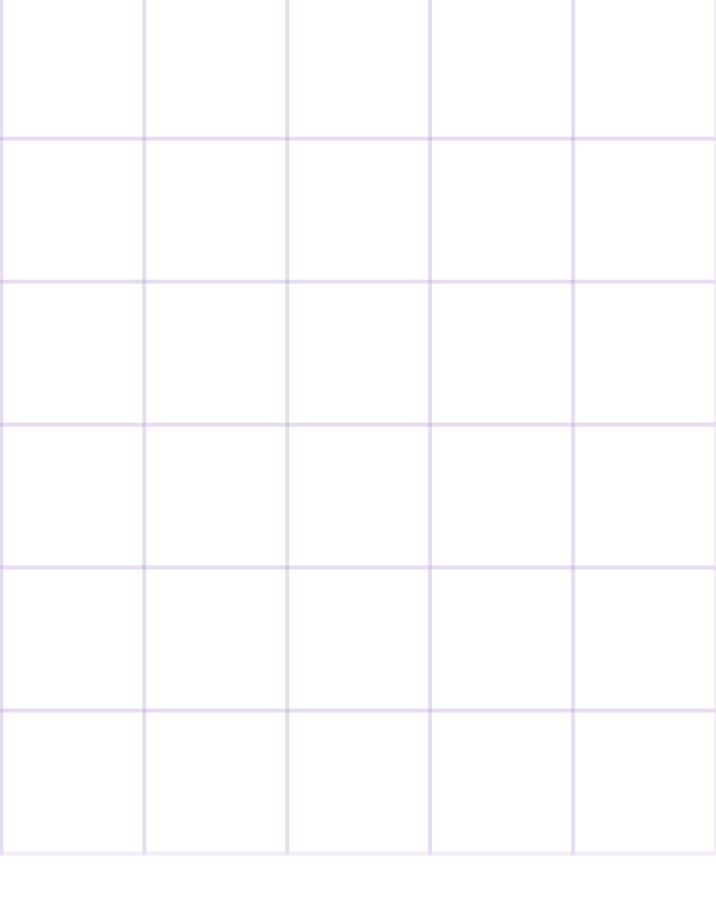- Library
- Passages
- 8th Grade
- Science
- Physical Science
- Force And Motion
- Motion Calculations
- Calculate Distance From Velocity And Time
8th Grade Calculate Distance From Velocity And Time Passages
Filter your results
6th Grade - 8th Grade
Understanding Acceleration - Newton's Laws - Physics Concepts

Comprehension
Understanding Acceleration - Newton's Laws - Physics Concepts
6th Grade - 8th Grade
Science
Understand the fundamentals of acceleration and its connection to Newton's Second Law of Motion by learning how to calculate acceleration from velocity-time graphs. Gain insights into the principles of motion and apply these concepts to solve problems involving force and movement.
See more
6th Grade - 8th Grade
Understanding Motion - Kinetic Energy, Acceleration, and Mass - Basic Physics Concepts

Comprehension
Understanding Motion - Kinetic Energy, Acceleration, and Mass - Basic Physics Concepts
6th Grade - 8th Grade
Science
Examine key principles of physics with a focus on objects in motion. Understand the concepts of kinetic energy and acceleration, and explore how they interact with mass to enhance the prediction and control of motion across various environments.
See more
6th Grade - 8th Grade
Seafloor Spreading Calculations - Plate Tectonics - Oceanic Lithosphere Dynamics

Comprehension
Seafloor Spreading Calculations - Plate Tectonics - Oceanic Lithosphere Dynamics
6th Grade - 8th Grade
Science
Explore the dynamic processes of plate tectonics, focusing on the science of seafloor spreading and the formation of oceanic lithosphere. Gain an understanding of the mechanisms driving tectonic movements and acquire the skills to calculate rates of seafloor spreading. Develop a comprehensive understanding of Earth's geological history.
See more
6th Grade - 8th Grade
Understanding Motion - Time-Distance Graphs - Analyzing Object Movement

Comprehension
Understanding Motion - Time-Distance Graphs - Analyzing Object Movement
6th Grade - 8th Grade
Science
Explore the representation of object movement using time-distance graphs, focusing on the interpretation of slopes to determine speed and direction. Develop the ability to analyze graphical data and predict object behavior, enhancing skills essential for understanding motion dynamics.
See more
8th Grade
Measurement Techniques - Parallax and Redshift - Astronomical Distances

Comprehension
Measurement Techniques - Parallax and Redshift - Astronomical Distances
8th Grade
Science
Focuses on measuring astronomical distances through parallax and redshift, emphasizing key concepts like stellar movement and cosmic expansion. Develops skills in calculating distances using astronomical methods and understanding redshift's role in analyzing galactic movement and distance.
See more

